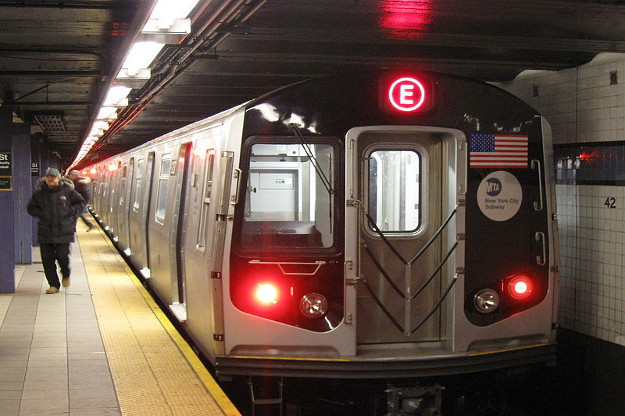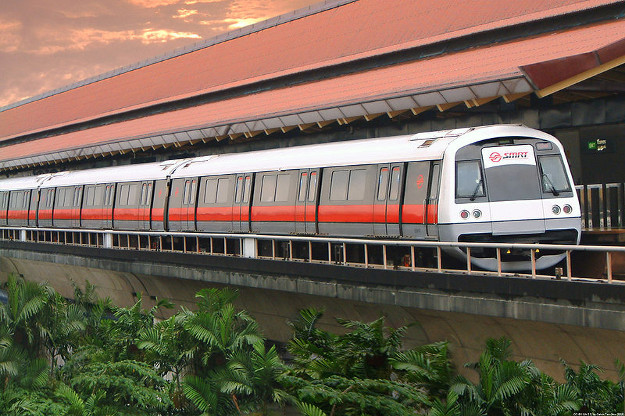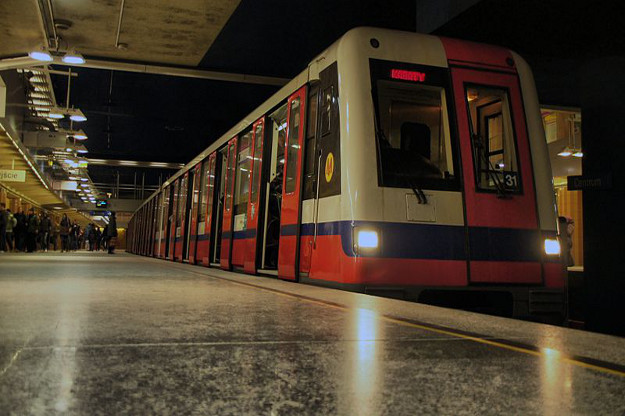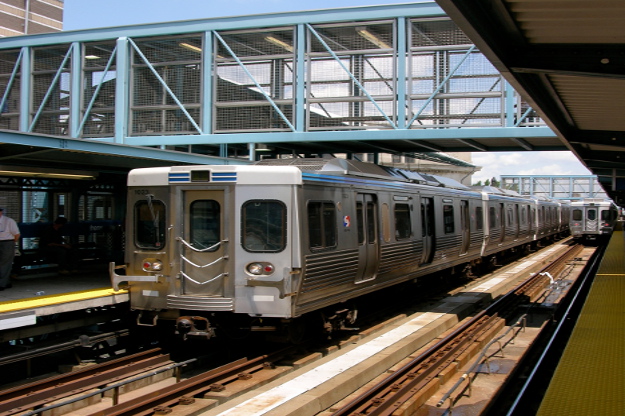
According to the American Public Transportation Association (APTA), public transportation avoids the use of 4.2 billion gallons of gasoline annually in the United States. While public transportation can refer to a variety of modes, APTA attributes access to bus and rail lines with reducing U.S. driving by 4,400 miles, or approximately 223 gallons of gasoline per household, annually. Subway systems are providing a great benefit to communities, but they still require a great deal of energy to operate.
While early subway systems used steam engines, almost all existing subway trains are powered by electricity. In efforts to further reduce the amount of energy needed to operate their trains, stations, and tunnels many subway operators have turned to innovative solutions- increasing their bottom line while also helping the environment.
To honor the London Underground's 150th anniversary, we’ve compiled a list of some of the world's most energy-efficient subway systems:
London Underground

Having opened in 1863, the London Underground (also known as the Tube) is the world’s oldest subway system. Currently, the London Underground is the fourth largest metro system in the world, serving 270 stations on 250 miles of track. Despite the Tube’s age, it is one of the most energy-efficient subway systems in the world due to features including:
Self-starting escalators activate only when passengers walk past a sensor panel;
Natural ventilation eliminates the need for air conditioning;
and Natural light reduces the amount of artificial light needed to illuminate stations.
New York City Transit

New York City Transit (NYC Transit) is viewed as the world's most expansive subway system due to its 468 subway stations, the most of any transit system in the world. It is also one of the world's busiest subways, transporting 1.6 billion passengers annually. While the system emits 2 million tons of greenhouse gasses each year, it prevents approximately 17 million tons of greenhouse gases annually, "making it one of the biggest sources of greenhouse gas avoidance in the United States." NYC Transit has accomplished this great feat by:
Replacing almost 100 percent of its incandescent train signals with energy-efficient LED signals, resulting in energy savings of approximately 6,000 megawatt hours of electricity per year;
Changing 100,000 bulbs in Grand Central Terminal with compact fluorescent lights, saving $100,000 annually; and
Building North America's first LEED Certified train facility: NYC Transit’s Corona Maintenance Facility.
Singapore's Mass Rapid Transit

Singapore’s Mass Rapid Transit (MRT) began operating in 1987, making it the second-oldest subway system in Southeast Asia. It’s also referred to as one of the most energy-efficient subway systems in the world, having won the MetroRail Metros Award for energy efficiency in 2009 and 2010. MRT earned this award due to its investment in a variety of energy efficiency solutions, including:
Platform Screen Doors (PSDs) separate stations and tunnels, preventing tunnel air from entering the station, and reducing the amount of air conditioning needed to cool stations;
Energy-efficient escalators stop when they're not in use, reducing energy use by 20%; and
Inverters recover excess regenerative energy from the braking of trains, recovering up to 5% of the total energy used in the MRT.
Warsaw Metro

Poland’s Warsaw Metro was opened in 1995 and reached its full planned length in 2008. With a daily ridership exceeding 450,000, the Warsaw Metro continues to grow, but its energy consumption does not. In fact, operators have reduced the amount of energy trains use by 18% over the last ten years. They've done this through various tactics:
A combination of LED lights and zonal lighting controlled by motion sensors illuminate stations; and
35 brand new energy-efficient trains increase the energy-efficiency of Warsaw’s metro train fleet.
Southeastern Pennsylvania Transit Authority

Last summer, the Southeastern Pennsylvania Transit Authority (SEPTA) unveiled a device that has the potential to turn its trains into power generators. Each time SEPTA's trains brake to load and unload passengers, the kinetic energy of the train is converted into electricity. SEPTA partnered with Viridity Energy in order to create a device that captures this energy, and plans to reach the following energy and environmental goals by 2015:
Improve energy intensity performance by 10%;
Reduce municipal waste by 20%; and
Decrease greenhouse gas and air pollutant emissions by 10%.





